Contents
Communicable Diseases, Disease Prevention, and the Immune System
Communicable Diseases
Communicable diseases are caused by pathogens such as bacteria, fungi, and viruses.
These are transmitted in a variety of ways:
- Direct transmission - touching, kissing, contact with cuts in the skin, and sexual contact
- Indirect transmission - inhaling air droplets from coughs and sneezes
- Vectors - organisms that carry the disease between hosts, such as mosquitoes for malaria
- Spores - parts of fungi and protozoa that can disperse to spread the pathogen
Certain living conditions can make transmission more likely. For example, in hot climates, pathogens can thrive due to the increased heat providing more kinetic energy for chemical reactions and reproduction. Social factors, such as poverty and the development of a country, could result in poor sewage infrastructure, a lack of fresh water and food, poor sanitation, and crowded living quarters. All of these factors would result in a higher rate of transmission.
Below are the key communicable diseases that you need to be familiar with.
| Pathogen | Disease |
| Bacteria | Tuberculosis, bacterial meningitis, and ring rot |
| Viruses | HIV/AIDS, influenza, and tobacco mosaic virus |
| Protoctista | Malaria and potato/tomato late blight |
| Fungi | Black sigatoka, ringworm, and athlete's foot |
Tuberculosis (TB)
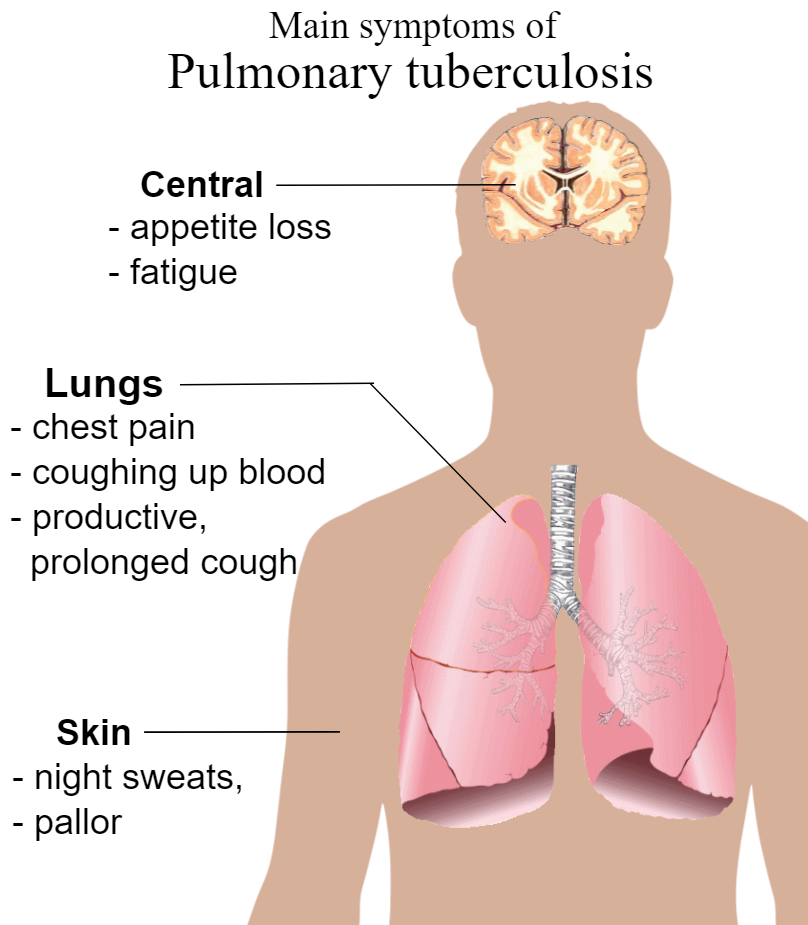
Meningitis
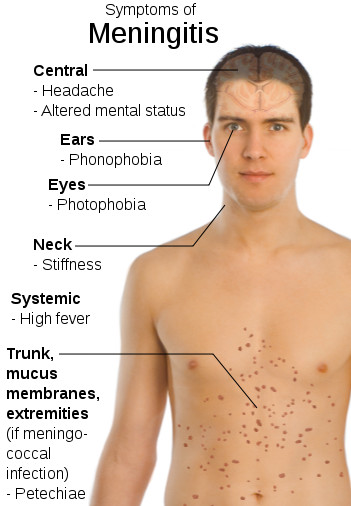
HIV/AIDS
The human immunodeficiency virus (HIV) structure can be seen below:
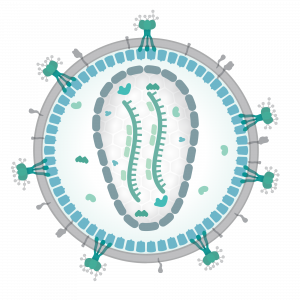
HIV positive is when a person is infected with HIV, but it is only when the replicating viruses in the helper T cells interfere with their normal functioning of the immune system that symptoms develop, resulting in AIDS. With the helper T cells being destroyed by the virus, the host is unable to produce an adequate immune response to other pathogens and is left vulnerable to infections and cancer. It is this destruction of the immune system that leads to death, rather than the HIV directly.
Influenza
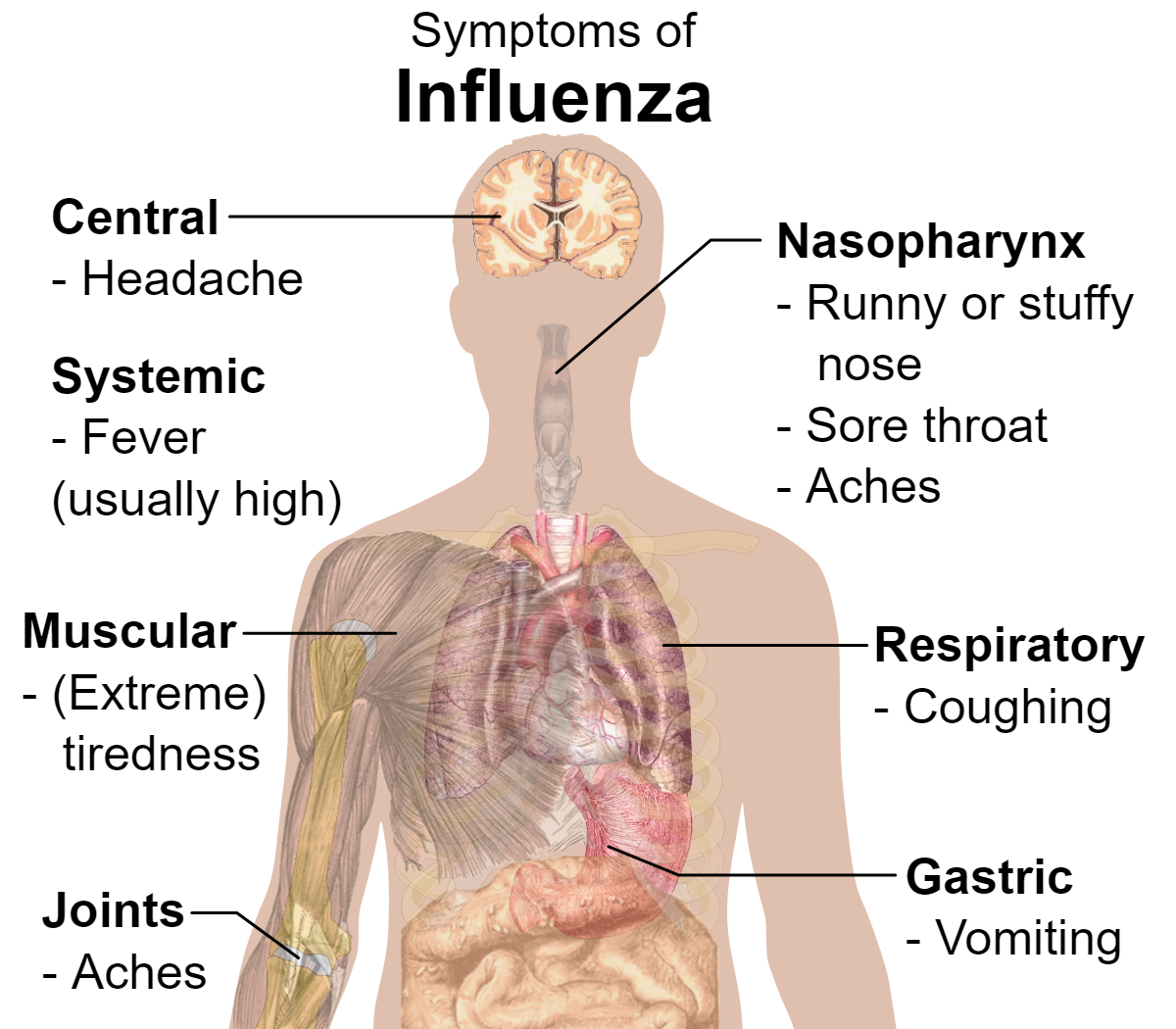
Tobacco Mosaic Virus (Plants)
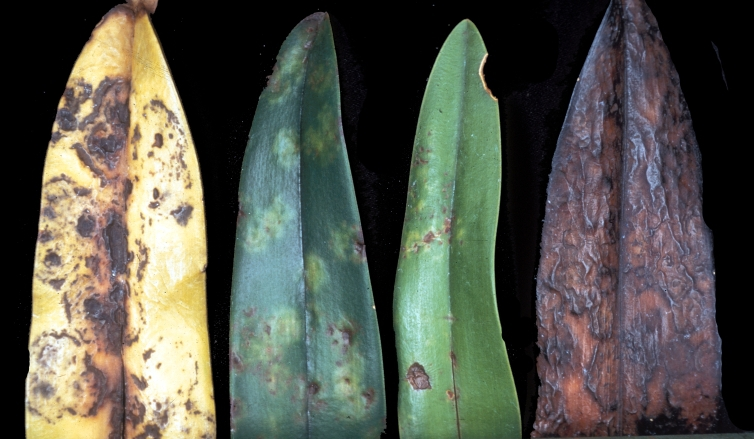
Malaria
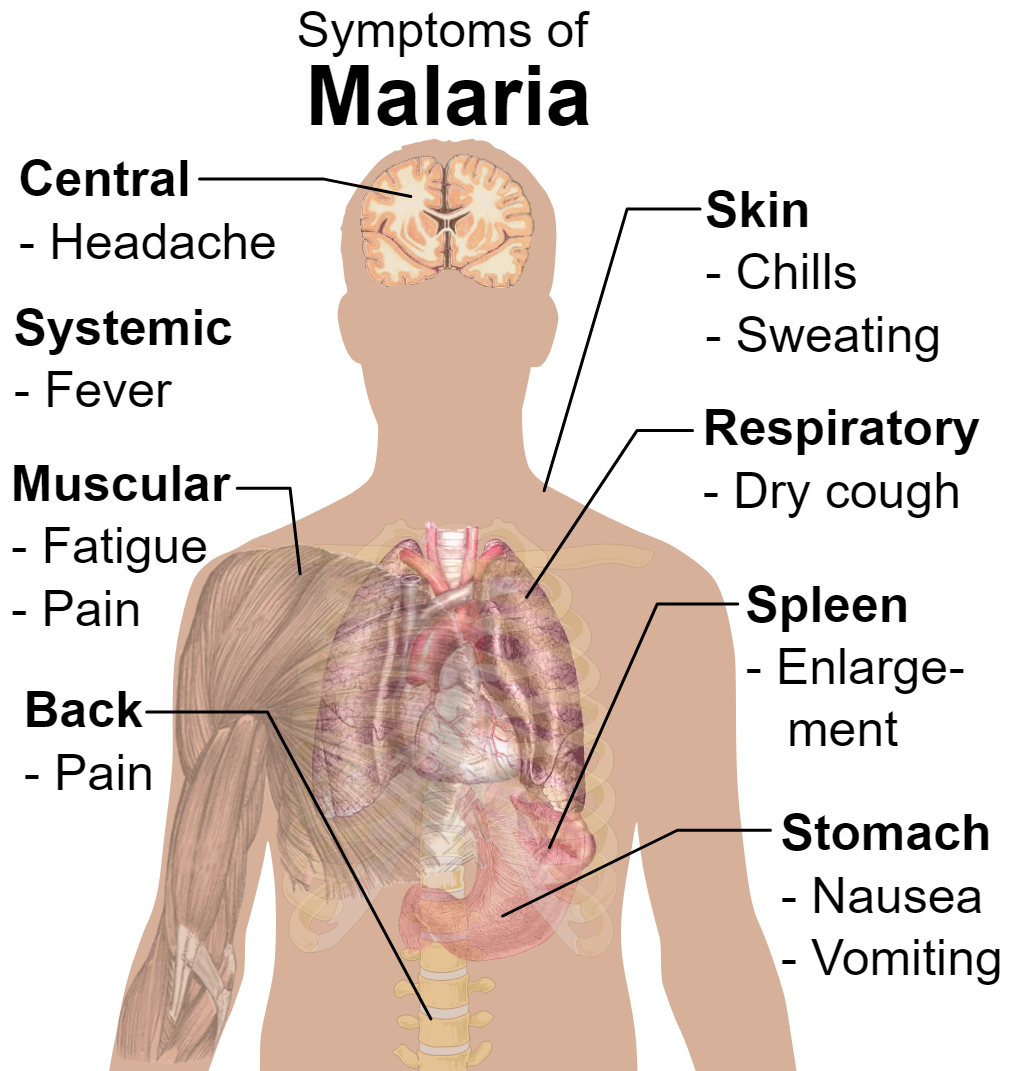
Potato/Tomato late blight
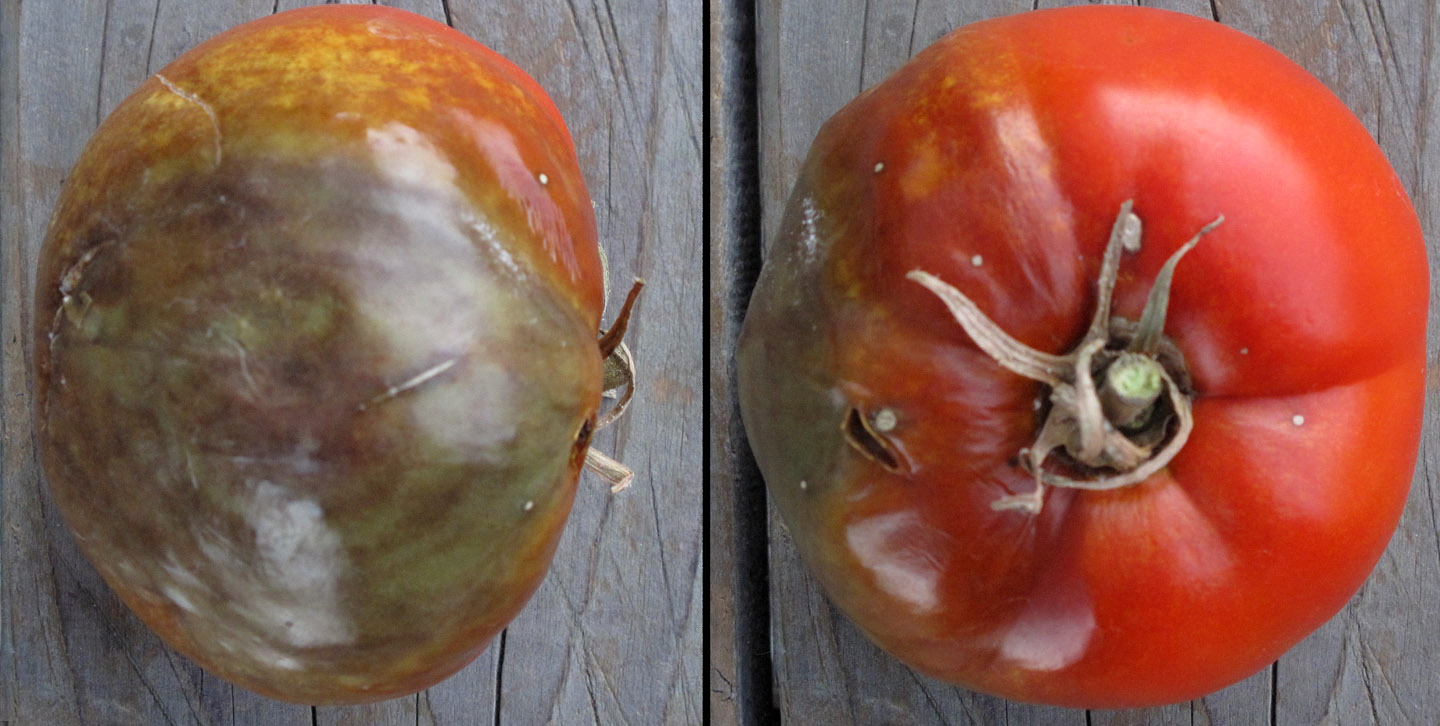
Black sigatoka (bananas)
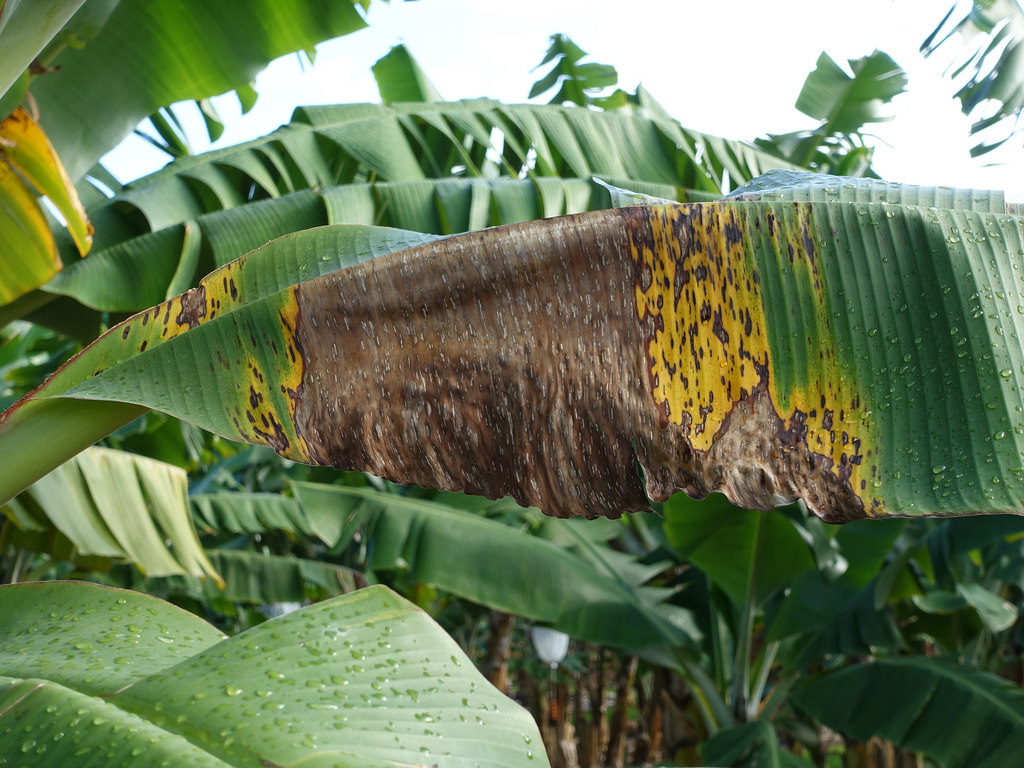
Ringworm (cattle)
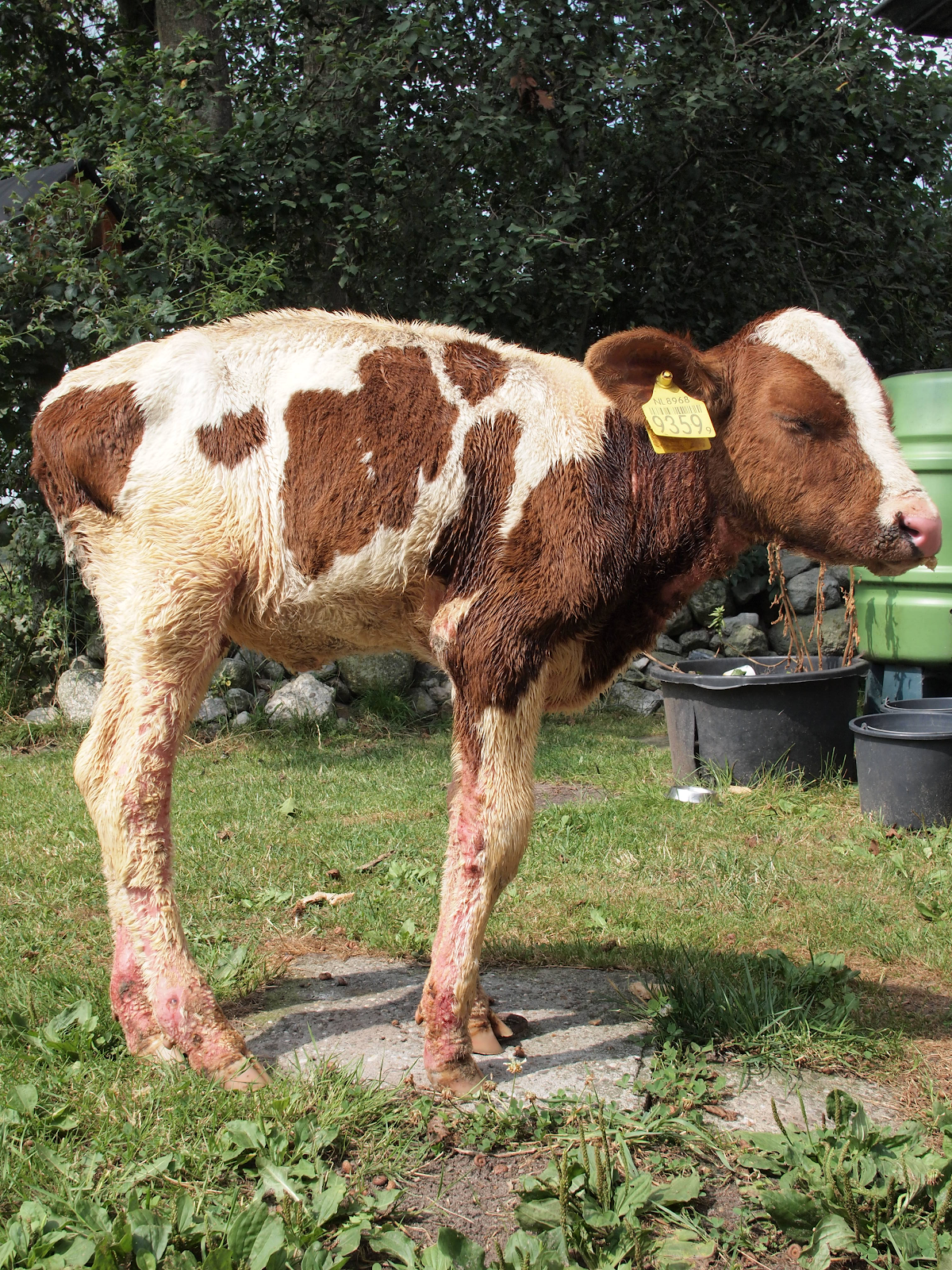
Athlete's Foot (Humans)
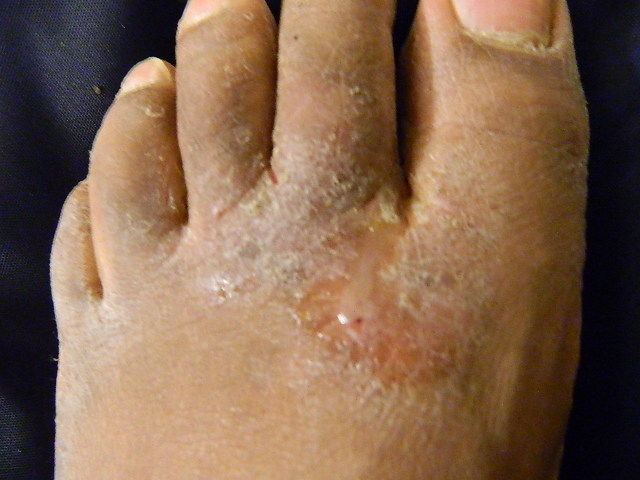
Immune System
Cell Recognition
Cells are labeled with proteins to allow recognition. To prevent your lymphocytes from destroying your own body cells, each of your body cells is labeled with a unique shaped protein that your lymphocytes recognize as ‘self’ cells. Any other type of protein detected on the surface of a cell is recognized as ‘non-self’ and is destroyed. This could range from abnormal body cells such as cancer, toxins produced by pathogens, pathogens, and cells from other organisms of the same species.
An antigen is typically a protein molecule on the cell surface of a membrane of non-self cells. The presence of antigens triggers an immune response and the production of antibodies.
Autoimmune Diseases
An autoimmune disease is when your immune system identifies your own body cells as ‘foreign’ and therefore potentially harmful. This results in your white blood cells attacking your own body cells.
Arthritis is an autoimmune disease in which the immune system attacks the cartilage in joints. This can cause inflammation and pain in the affected joints.
Lupus is another autoimmune disease. It causes inflammation to joints, skin, and organs.
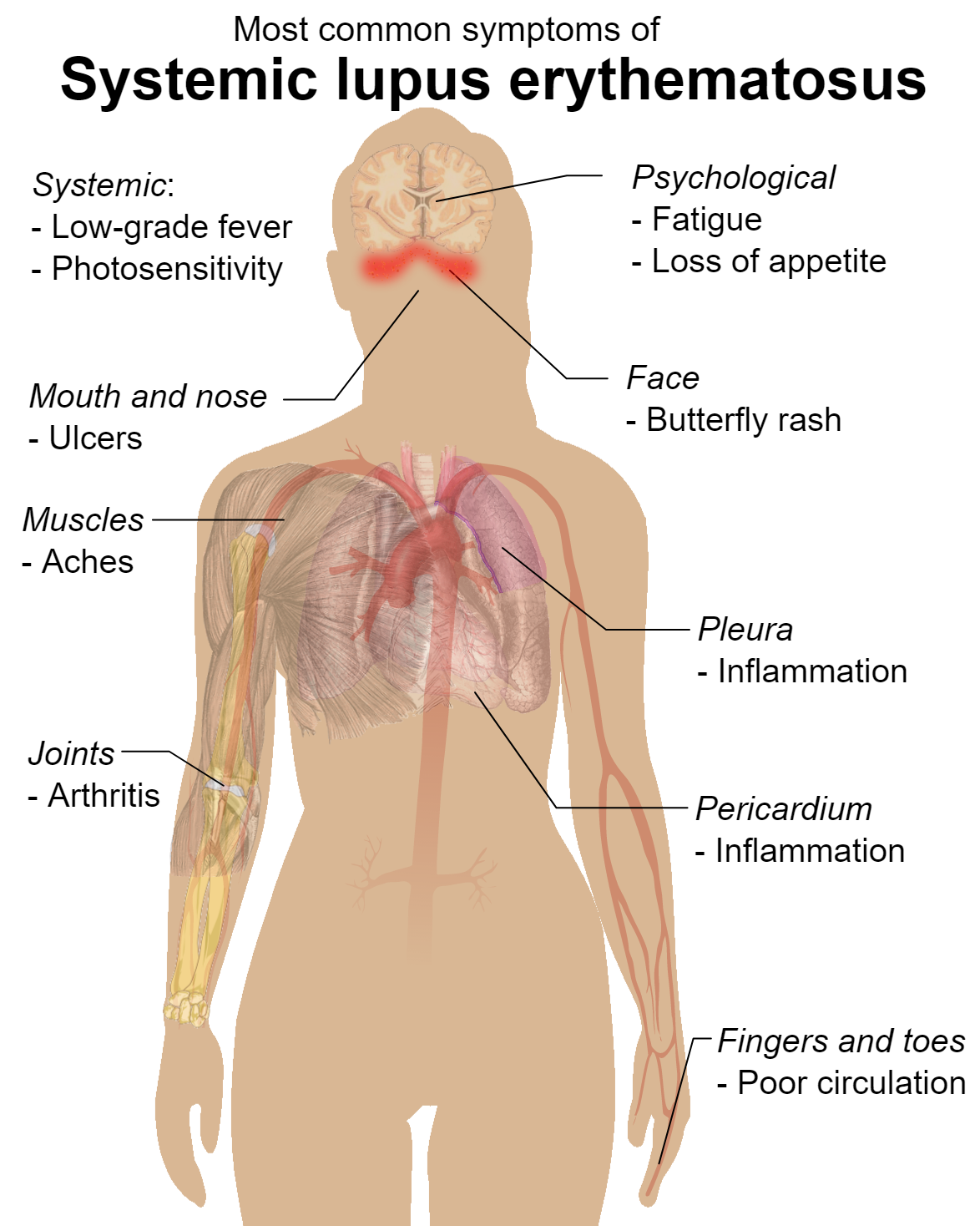
Response to Pathogens
The first line of defense to prevent infection is physical and chemical barriers, such as the skin and stomach acid. If pathogens get past these barriers, then two key types of blood cells respond: phagocytes and lymphocytes.
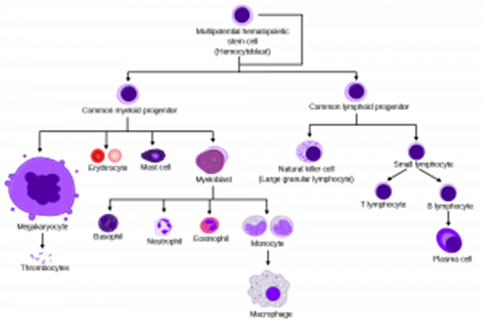
Phagocytosis
The phagocytes, such as macrophages and neutrophils, travel in the blood and squeeze out of capillaries to engulf and digest pathogens. This is phagocytosis and it is non-specific.
Damaged cells and pathogens release chemicals that attract the phagocytes to the site of infection. Opsonins are proteins that can attach to pathogens to mark them and make it easier for neutrophils and macrophages to engulf them. Phagocytes have receptors that can attach onto chemicals on the surface of pathogens. The phagocyte then engulfs the pathogen into a vesicle to create a phagosome. Within the phagocyte, there are lysosomes that contain hydrolytic lysozyme enzymes. The lysosome fuses with the phagosome to expose the pathogen to the lysozyme. This hydrolyzes the pathogen, and any soluble useful molecules are absorbed into the cytoplasm of the phagocyte.
The phagocytes will present the antigen of the digested pathogen on their surface; they are then called antigen-presenting cells.
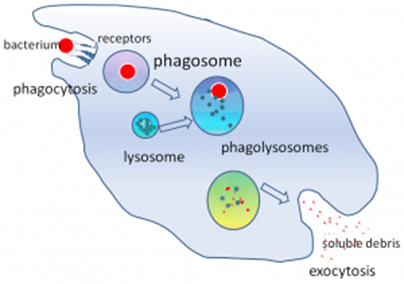
Lymphocytes
The lymphocytes are part of the specific response to antigens. There are two types: B lymphocytes (B cells) and T lymphocytes (T cells). Both are created by bone marrow stem cells, but B cells mature in the bone marrow whereas T cells mature in the thymus.
Cell-Mediated Response
This is the response of T cells to a foreign antigen. Receptors on the T cells will bind onto the antigens on antigen-presenting cells and cause the T cell to divide rapidly by mitosis (clonal expansion).
These cloned T cells can then differentiate into different specialized T cells:
- Memory T cells to enable a rapid response to reinfection of the same pathogen
- Cytotoxic T cells kill abnormal cells and infected body cells. They release a protein called perforin which creates pores (holes) in the cell membrane. This allows all substances to move into the cell and causes cell death
- Helper T cells stimulate B cells to divide and secrete antibodies
- T cells also stimulate phagocytosis of pathogens
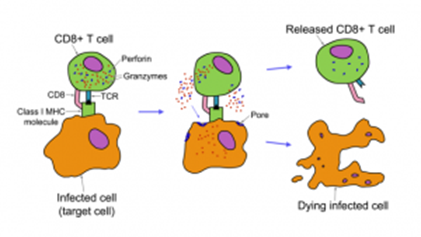
Disease Prevention
Vaccines
A vaccine can provide either passive or artificial active immunity. Passive immunity is when antibodies are injected directly into you to help destroy the pathogen. Artificial active immunity is when antigens or small amounts of attenuated pathogen are injected or taken orally. These trigger a primary response but with few symptoms. Therefore, if you are re-infected with the same pathogen, you will rapidly produce antibodies as part of the secondary response. In this way, vaccines provide protection for individuals and populations against disease.
If a large enough proportion of a population is vaccinated, then herd immunity arises. The idea is that if most of the population is immune, it is unlikely that a susceptible individual will encounter an infected individual.
Vaccines are not always effective long term though because pathogens mutate, and this could result in their antigen changing shape. This is called antigen variability. Influenza mutates rapidly, and therefore there is a new flu vaccine annually.
Antibiotics
An antibiotic is a substance produced by a microorganism that inhibits the growth of other microorganisms. Since the discovery of penicillin in the mid-20th century, antibiotics have been widely used to treat bacterial infections and save many lives.
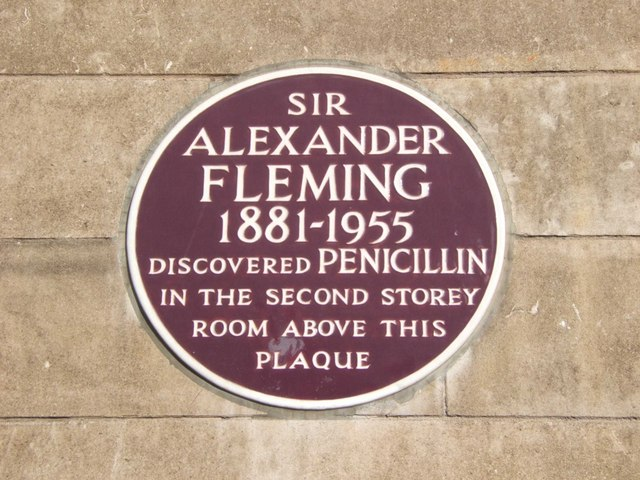
Antibiotics can kill bacteria in three key ways:
- Preventing cell wall synthesis
- Antibiotics like penicillin, ampicillin, and cephalosporins inhibit the enzymes responsible for making molecules in the cell walls of bacteria. As a result, the bacteria die from the leakage of contents or lyse from too much water entering.
- Disrupting cell membranes
- Some antibiotics can bind to the phospholipids in the bacterial cell membrane to distort the structure and make the membrane too permeable.
- Interfering with protein synthesis
- Antibiotics such as streptomycin and tetracyclines attach onto the bacterial ribosomes, which then prevents protein synthesis.
Resistance to antibiotics originates due to random mutations in bacteria that provide a selective advantage. The widespread use, and misuse, of antibiotics has strengthened this selection pressure and resulted in antibiotic resistance spreading rapidly among bacteria. The antibiotics will only kill the non-resistant bacteria in a host, which leaves the bacteria with the mutated gene providing resistance to survive with no competition for resources. The mutated gene for antibiotic resistance is found on the plasmid (the loop of DNA), which can be exchanged between bacteria. The resistant bacteria can also reproduce rapidly until a resistant strain of bacteria has been created.
Two common resistant strains are now Clostridium difficile and MRSA.
New Medicines
Personalized medicines are not a new concept, but the link to gene technology is. Everyone is different, so it is no surprise that certain medicines will be more effective for different people. With advances in gene technology, scientists are able to analyze your DNA to identify drugs that individuals will respond better to.
Synthetic biology is similar to the idea of genetic engineering but more complex. It can be used to research chemical pathways and mechanisms so that tissue engineering and replacement may be possible, as well as the regeneration of medicines.
Plant Defenses
Plants do not have blood or an immune system, but they still have defenses in place to protect themselves against pathogens. In addition to their barriers to prevent entry, such as bark or waxy cuticles, some plants can produce antibacterial chemicals and proteins as a defense against bacterial infections. Two common examples are mint and witch hazel.
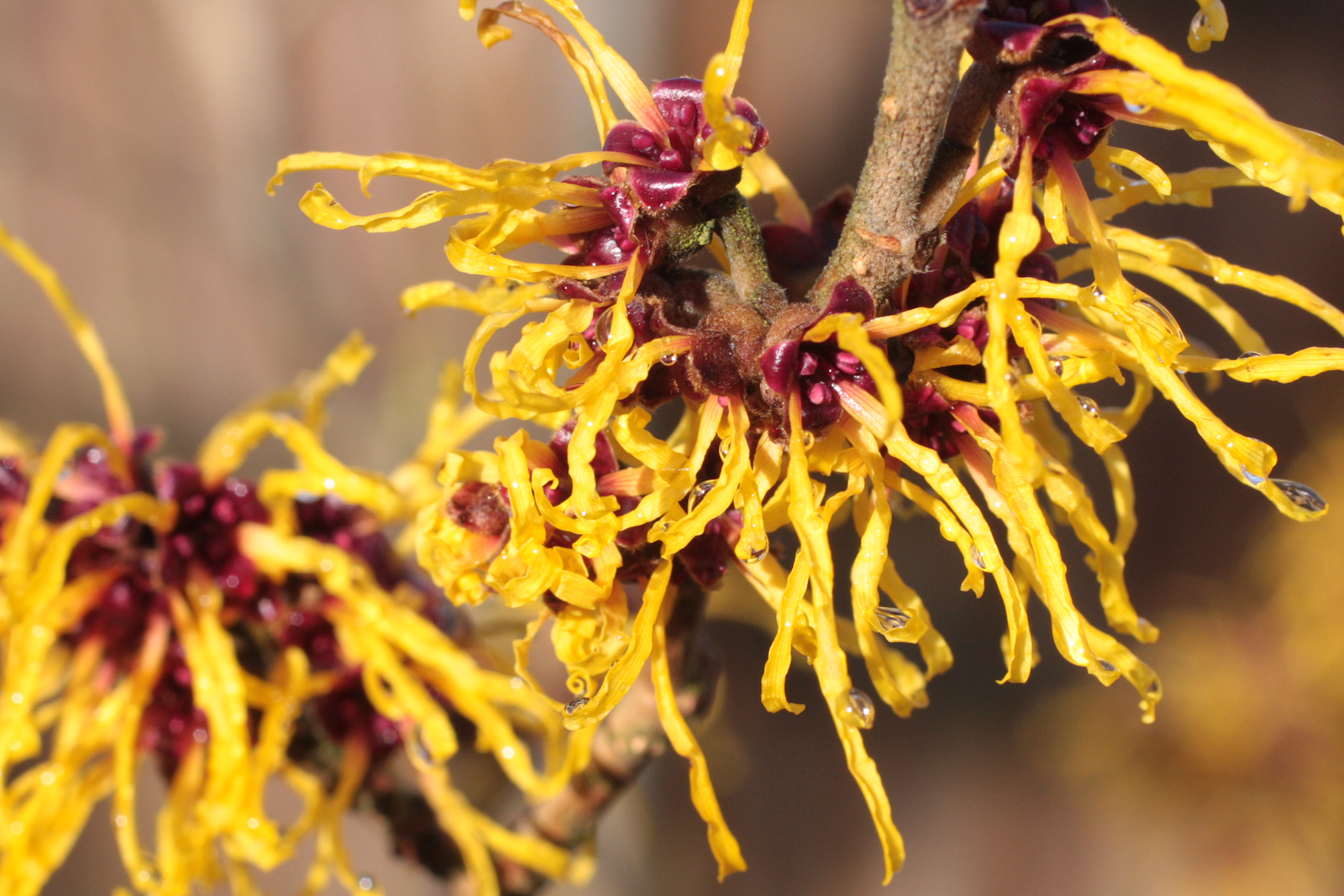
Plants also have mechanisms to try and prevent a pathogen from spreading between their cells, such as forming callose and deposition. Callose is a polysaccharide that can be deposited at sieve plates and other locations in the plant to prevent pathogens from spreading within them.
- What is an antibody?
- Your answer should include: Protein / Complementary / Antigens
- Which lymphocytes stimulate both the cell-mediated and humoral response?
- Your answer should include: T Cells / TCells
- Which cells create antibodies?
- Your answer should include: Plasma Cell / Plasma Cells
- What is the difference between HIV and AIDS?
- Your answer should include: Virus / Result
Humoral Response
Helper T cells stimulate the B cells and initiate the humoral response, which involves antibodies.
Antibodies are proteins that have binding sites complementary in shape to antigens. The binding site is described as the variable region, as the shape changes for each antigen. The rest of the antibody is the constant region. They are made up of four polypeptide chains, two heavy and two light chains. When an antigen binds to an antibody, it is described as an antigen-antibody complex.
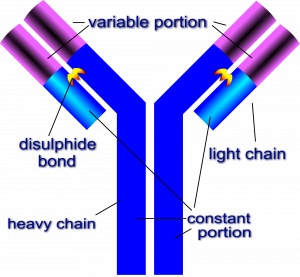
Antibodies help destroy pathogens by either causing agglutination or marking. Agglutination is clumping together all the bacterial cells, so it is easier for phagocytes to locate and engulf them. They also act as markers to stimulate phagocytes to engulf the cells.
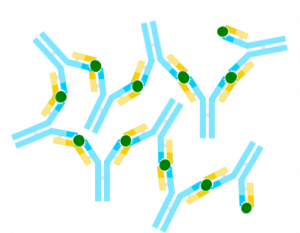
B cells can also become antigen-presenting cells, and when these or the helper T cells stimulate the B cells, they rapidly divide by mitosis to make clones. The clones differentiate into either memory B cells or plasma cells. The plasma cells produce antibodies specific in shape to the antigen that initiated the response. The antibodies attach to the antigens on the pathogen to help destroy them by agglutination and marking them for phagocytes. The memory B cells can rapidly produce large amounts of antibodies if there is reinfection with the same pathogen. This is how B cells can provide long-term immunity.
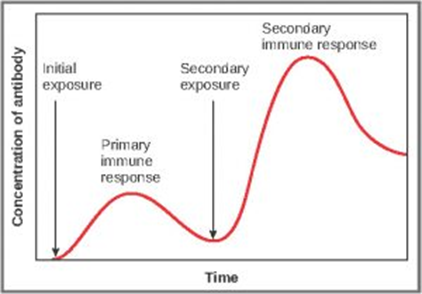
The first exposure to a pathogen is described as the primary response. It can take a few days for the lymphocytes to create enough complementary antibodies to help destroy the pathogen, so you are likely to suffer symptoms before the pathogen is destroyed. A secondary immune response is when you are re-infected with the same pathogen, but the memory cells can help produce large amounts of antibodies rapidly, so the pathogen is destroyed before causing any symptoms. This is called natural active immunity.

